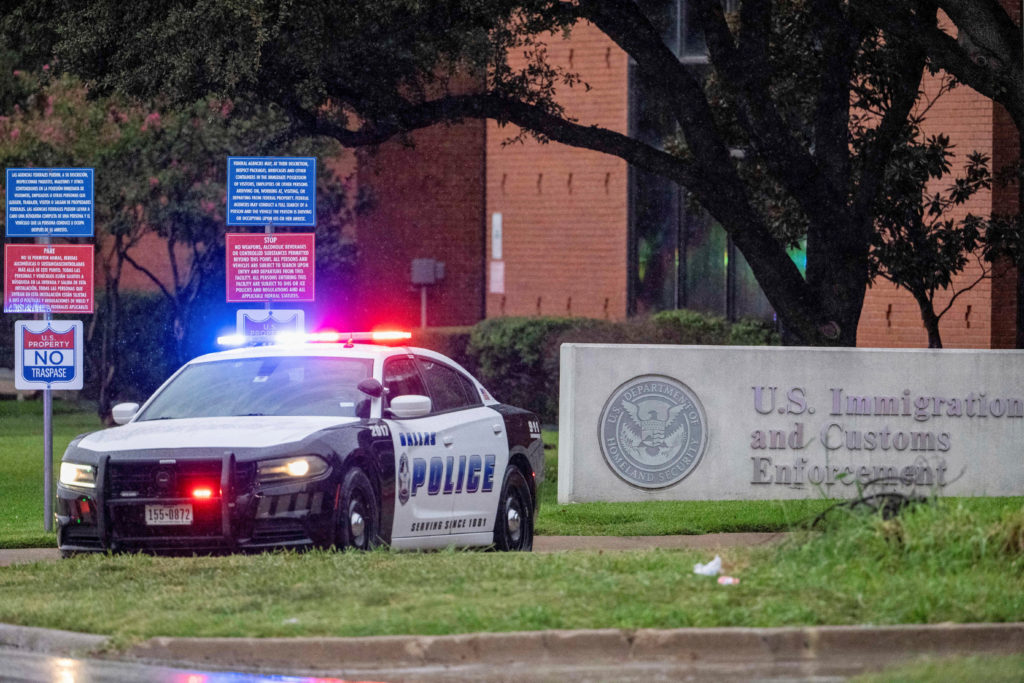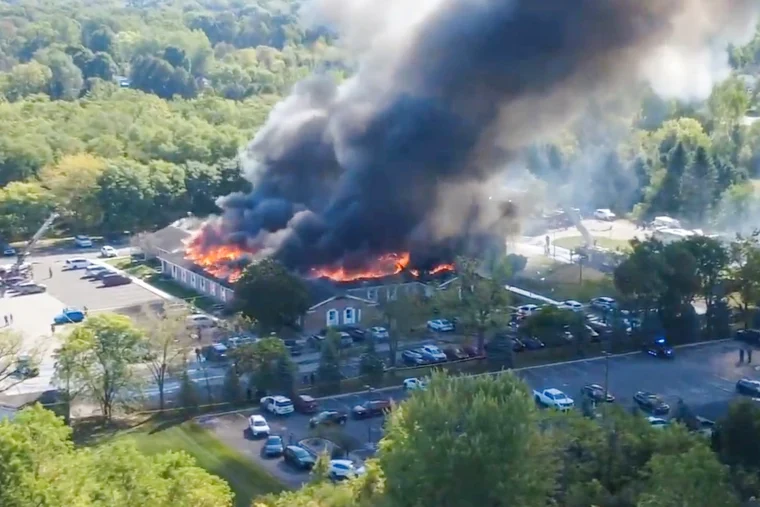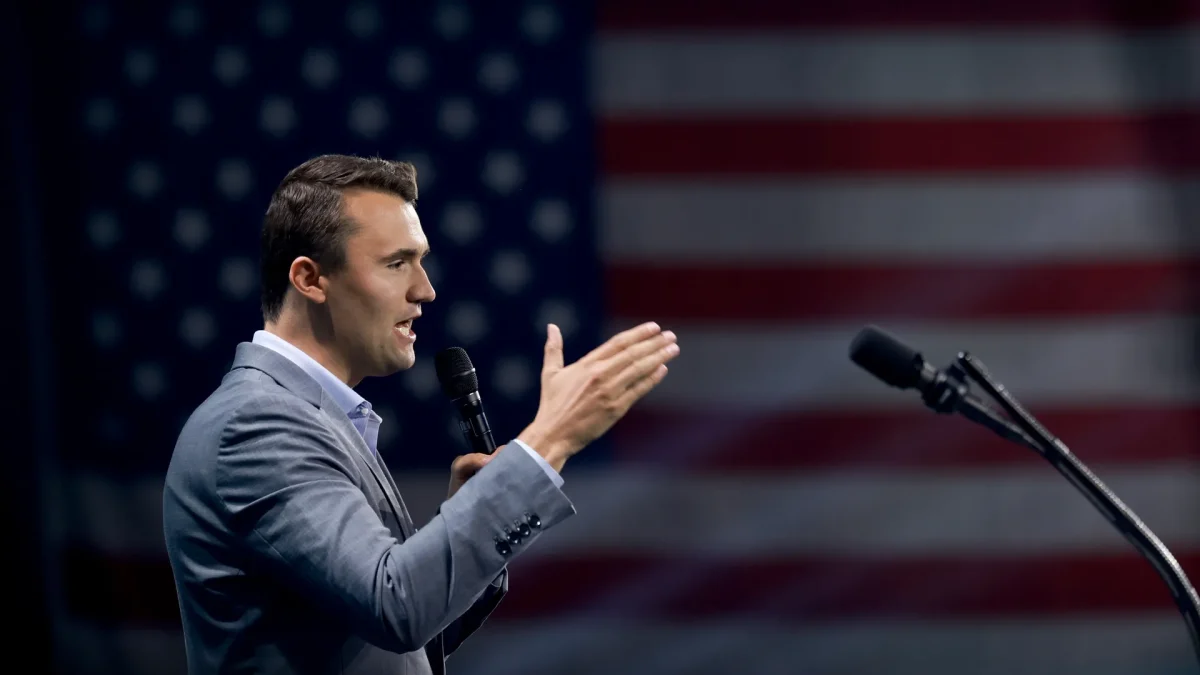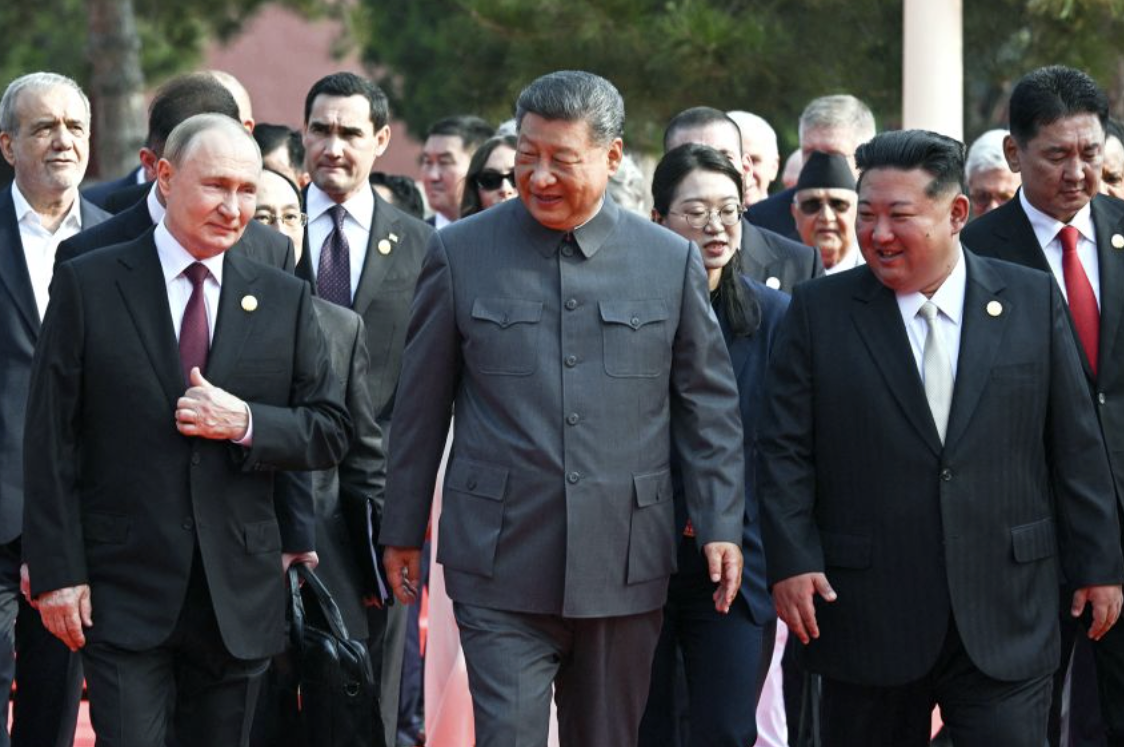Two violent incidents in September 2025—one in suburban Chicago and another in Dallas—have put Immigration and Customs Enforcement (ICE) at the center of a storm of grief, controversy, and political debate. One involved an ICE officer fatally shooting a man during an enforcement stop outside Chicago, and the other saw a gunman open fire on an ICE facility in Dallas, killing detainees but leaving agents unharmed. Together, they have reignited fierce arguments about immigration enforcement, public rhetoric, and the risks faced by federal officers.
On September 12, 2025, ICE officers conducted what they described as a “targeted law enforcement activity” (a vehicle stop) in Franklin Park, a suburb of Chicago. According to federal officials, the operation escalated when the driver of the vehicle, 38-year-old Silverio Villegas-Gonzalez, refused to comply and attempted to flee. ICE says Villegas-Gonzalez struck an officer with his car, dragging him a “significant distance.” Fearing for his life, the officer opened fire, killing the driver. The injured ICE officer was hospitalized and later reported in stable condition.
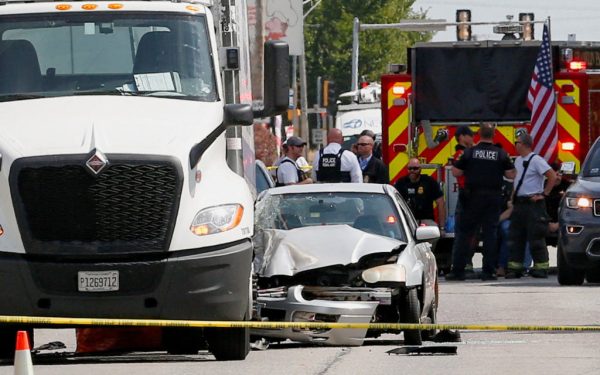
However, the officials’ account has faced scrutiny. Community members and advocates say Villegas-Gonzalez was a father and longtime resident with no violent criminal record, only traffic violations. Video footage reviewed by media outlets raised questions about how much of a threat his vehicle actually posed at the time shots were fired. Illinois leaders, including Governor J. B. Pritzker, have called for an independent investigation. Advocacy groups argue the shooting reflects aggressive ICE tactics that endanger communities, while ICE insists the officer acted to protect himself.
Just twelve days later, on September 24, violence erupted again—this time targeting ICE officers themselves. In Dallas, 29-year-old Joshua Jahn opened fire on a federal facility, firing from a rooftop at detainee transport vans and the building itself. One detainee, identified as Norlan Guzman-Fuentes, was killed instantly. Two others were critically wounded; one, Miguel Ángel García-Hernández, later died from his injuries.

Investigators say Jahn left notes and markings indicating his hatred of ICE, including bullets inscribed with “ANTI-ICE.” Federal officials described the assault as a premeditated act of terror, though Jahn appeared to have acted alone and without ties to extremist groups. He died of a self-inflicted gunshot wound before he could be apprehended.
The back-to-back shootings—one in which ICE was the aggressor, and one in which ICE officers were the target—have deepened a national divide. Critics accuse ICE of excessive force and systemic abuse, while supporters point to the dangers officers face in an increasingly hostile climate.
Homeland Security Secretary Kristi Noem issued a stark warning in the aftermath of the Dallas attack:
“Our prayers are with the families of those killed and our ICE law enforcement. This vile attack was motivated by hatred for ICE,” said Secretary Noem, “For months, we’ve been warning politicians and the media to tone down their rhetoric about ICE law enforcement before someone was killed…Comparing ICE day in and day out to the Nazi Gestapo, the Secret Police, and slave patrols has consequences. The men and women of ICE are fathers and mothers, sons and daughters. They get up every morning to try and make our communities safer. Like everyone else, we just want to go home to our families at night. The violence and dehumanization of these men and women who are simply enforcing the law must stop. We are praying for the victims and their families.”
Her comments underline the tension at the heart of the national conversation. To ICE’s supporters, the Dallas attack is proof that demonizing the agency carries deadly risks. To critics, the Chicago shooting demonstrates why oversight and restraint are necessary.
Both investigations remain ongoing. The Department of Homeland Security has pledged transparency, while immigrant rights groups demand accountability and justice. Meanwhile, ICE facilities nationwide are on heightened alert, and officers are being urged to exercise extreme caution.
The Chicago and Dallas incidents, though different in nature, have become intertwined symbols of a broader conflict over immigration enforcement in America. One shows the violence that can occur when ICE’s authority is challenged in the field; the other reveals the risks faced by the agents themselves in an atmosphere of growing hostility. Together, they have sparked a new chapter in the national reckoning over immigration, law enforcement, and the power of words to shape deadly outcomes.

